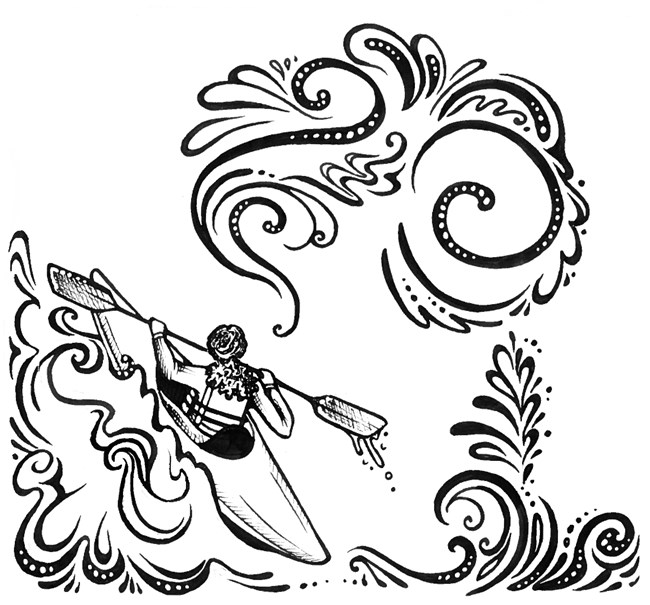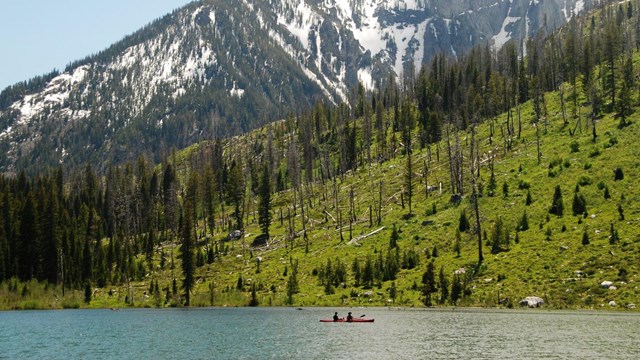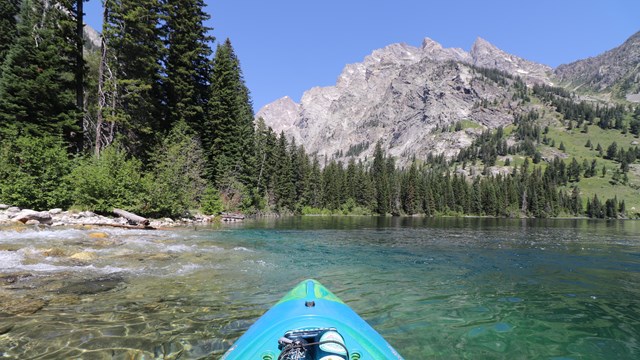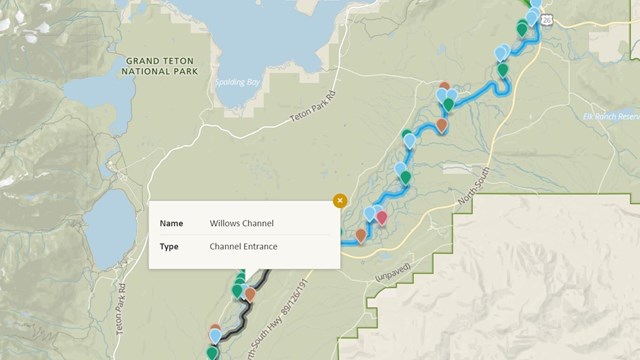
The course this river follows is not straightforward. It travels in and out of numerous channels that change every year. This is a powerful river that requires river reading and navigation skills. Before you float, know what skills you need to float the river, where you are going, and what things you need. River MapFloating the river is complex. A tangle of channels and constantly shifting logjams require boaters to anticipate their routes well in advance. Check the advanced river map for known Snake River features before launching.Stretches of RiverBeginner
This stretch features scenic views, calmer water and few obstructions. At Pacific Creek landing the water is swift, boaters should scout this landing prior to launching. |
Last updated: June 5, 2024





